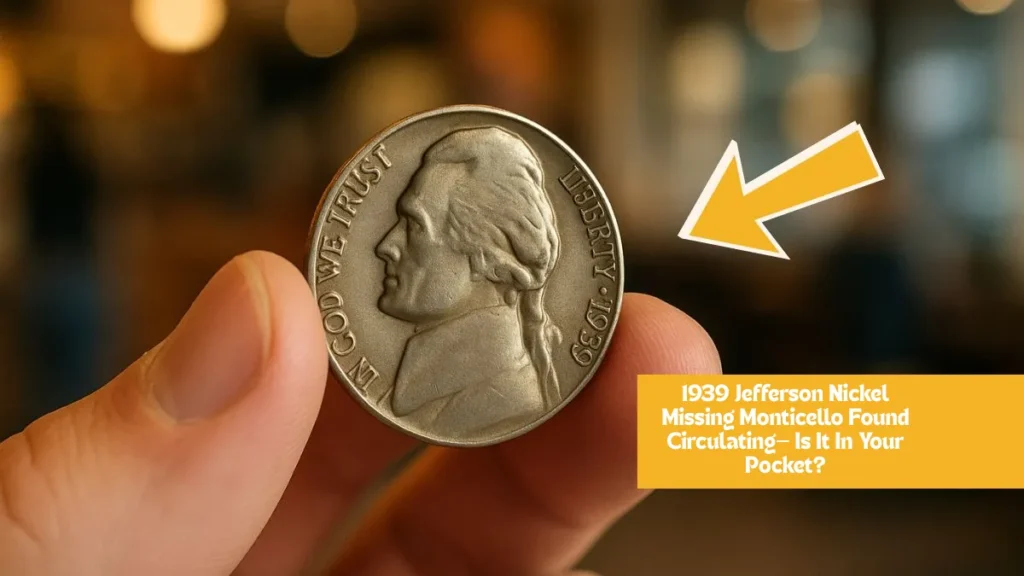In the world of coin collecting, few stories are as thrilling as the tale of the 1982 no-mintmark Roosevelt dime — a small coin with an enormous value. While it may look like an ordinary 10-cent piece, this particular error coin has stunned collectors by fetching up to $1 million in pristine condition. So what makes this dime so valuable? Let’s dive into the mystery of this rare find and why it might be hiding in plain sight in someone’s pocket change.
The Backstory: Roosevelt Dimes and Mint Marks
The U.S. Mint began placing mintmarks (tiny letters indicating where a coin was produced) on dimes in 1968. These marks — P for Philadelphia, D for Denver, and S for San Francisco — are typically found on the obverse (front) of the coin near the date. However, in 1982, a production error led to a small number of Roosevelt dimes being released without a mintmark from the Philadelphia Mint — the first time this had happened in years.
What Happened in 1982?
In 1982, the U.S. Mint was making changes to the way mintmarks were applied to coins. Instead of being hand-punched, mintmarks were now part of the master die, making errors less common. However, during this transitional period, a die without the “P” mintmark was mistakenly used to strike thousands of Roosevelt dimes.
These error coins made it into circulation before the mistake was caught — and collectors quickly took notice.
Why Is It Worth $1 Million?
Not every 1982 no-mintmark dime is worth millions — but a 1982 no-mintmark Roosevelt dime in flawless, mint-state condition (graded MS-68 or higher) is exceptionally rare. Here’s what makes a specific example reach the $1 million mark:
- Ultra-Rare Variety: Only a few examples of the 1982 no-mintmark dime in high-grade condition are known to exist.
- Mint State Condition: Coins must be free from wear and have full “bands” on the torch design (known as Full Bands) to be considered top-tier.
- Collector Demand: The dramatic error and the scarcity of high-quality examples drive prices sky-high at auction.
- Historical Significance: It marks a notable production mistake during a pivotal change in minting processes.
A perfect storm of rarity, condition, and demand makes the top examples of this coin fetch up to $1 million at auction.
How to Identify the 1982 No-Mintmark Dime
Think you might have one? Here’s how to check:
- Look at the Date: It must read 1982.
- Check for a Mintmark: There should be no “P”, “D”, or “S” next to the date.
- Inspect Condition: A dime in circulated condition won’t bring in big money, but it’s still collectible. Mint-state coins (no wear, bright luster) are key.
- Weigh It: A genuine 1982 dime should weigh about 2.27 grams. Any major deviations could suggest a counterfeit or other issue.
- Seek Professional Grading: If you suspect you have a rare no-mintmark dime, get it authenticated by a reputable service like PCGS or NGC.
Other Valuable Dimes to Watch For
While the 1982 no-mintmark dime is legendary, it’s not the only valuable Roosevelt dime. Keep an eye out for:
- 1968-S No-S Proof Dime
- 1975 No-S Proof Dime
- 1996-W Roosevelt Dime (West Point Mint, special issue)
- 1949-S and 1950-S in high grades
Final Thoughts
The 1982 no-mintmark Roosevelt dime is a perfect example of how a simple minting error can turn pocket change into a seven-figure treasure. While the odds of finding one are slim, it’s not impossible — and the excitement of discovery is part of what makes coin collecting so captivating. So next time you get change from a store, take a second look at those dimes. One of them just might be worth $1 million.
